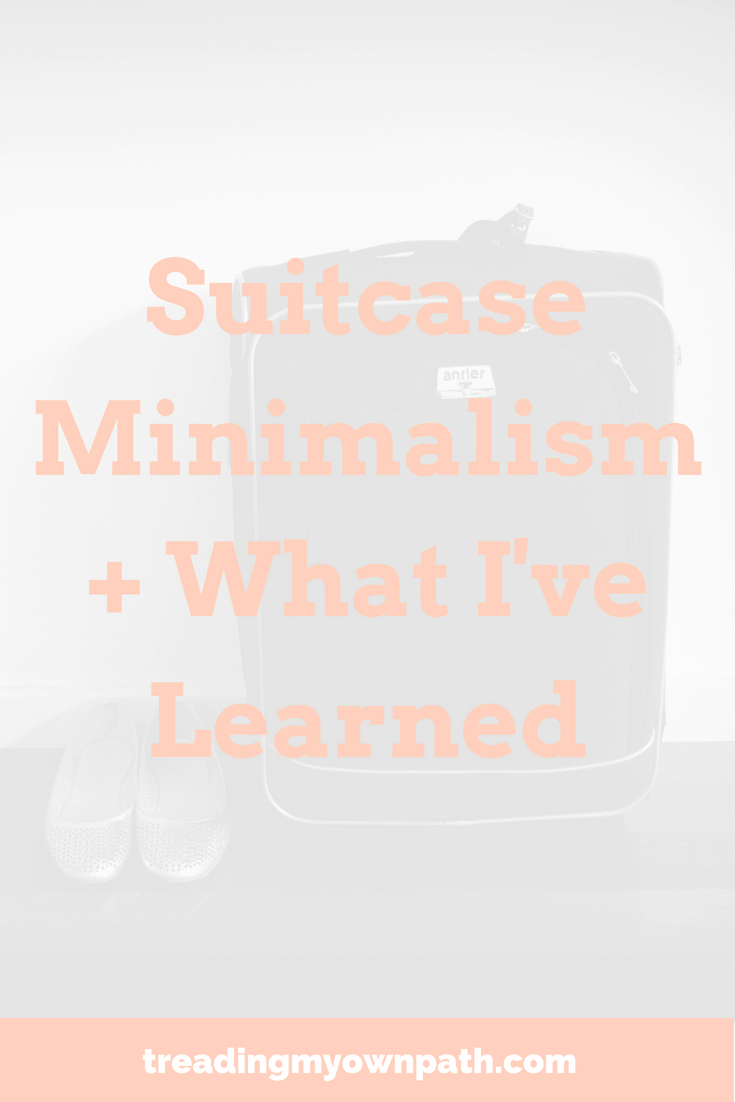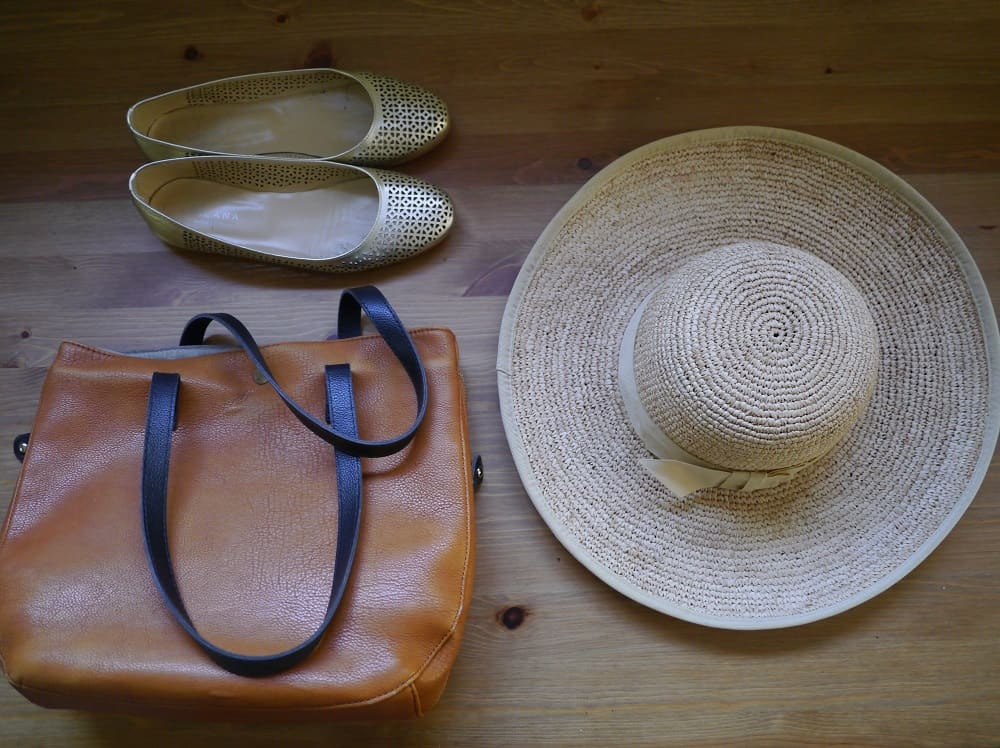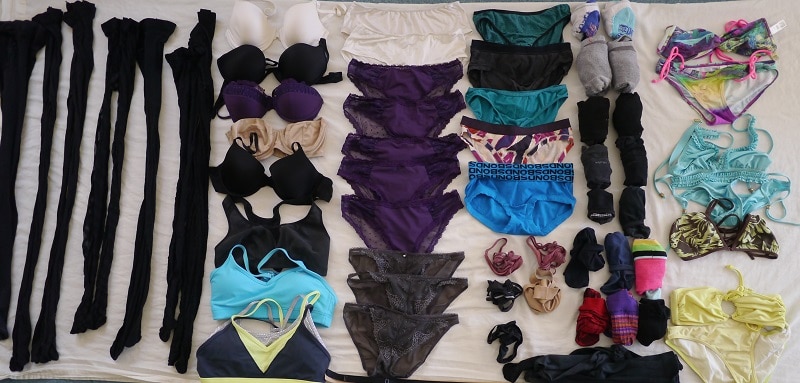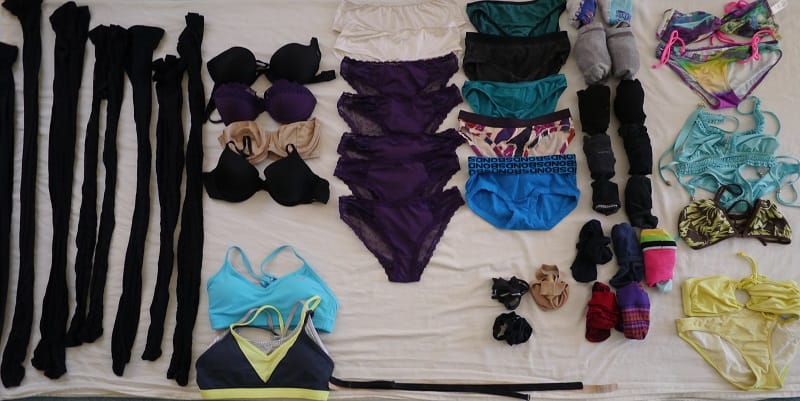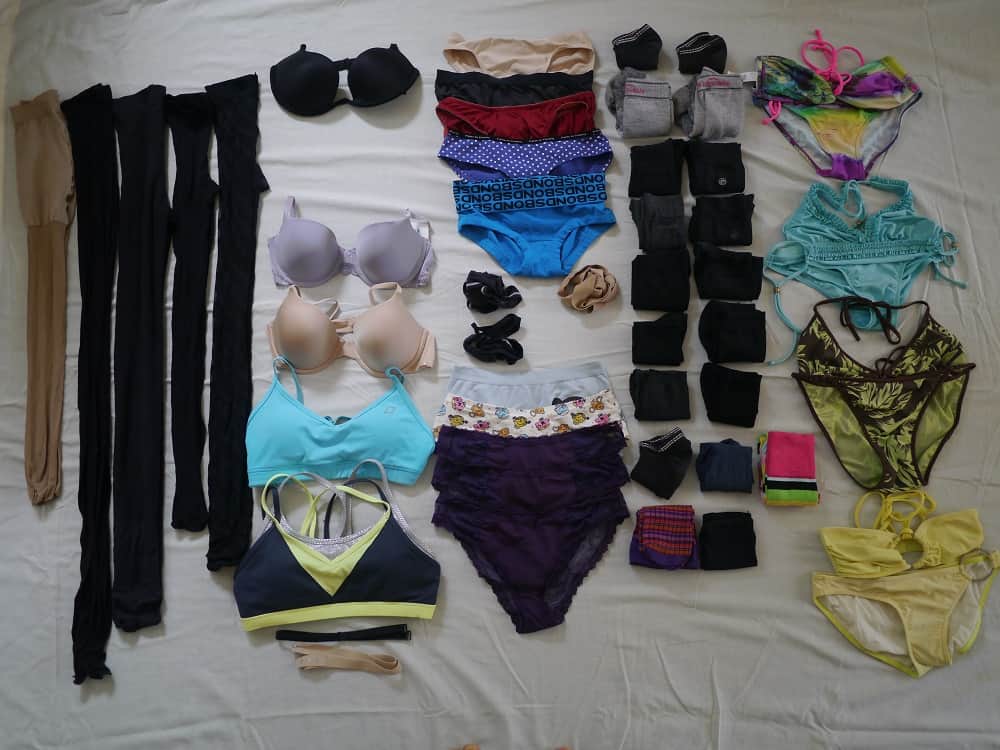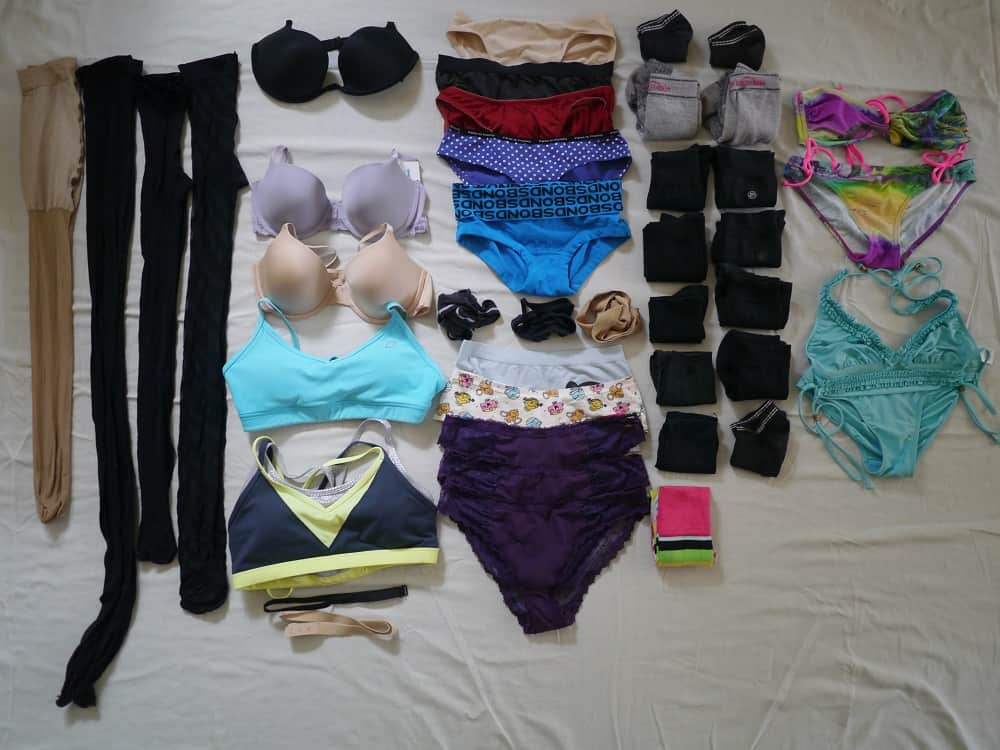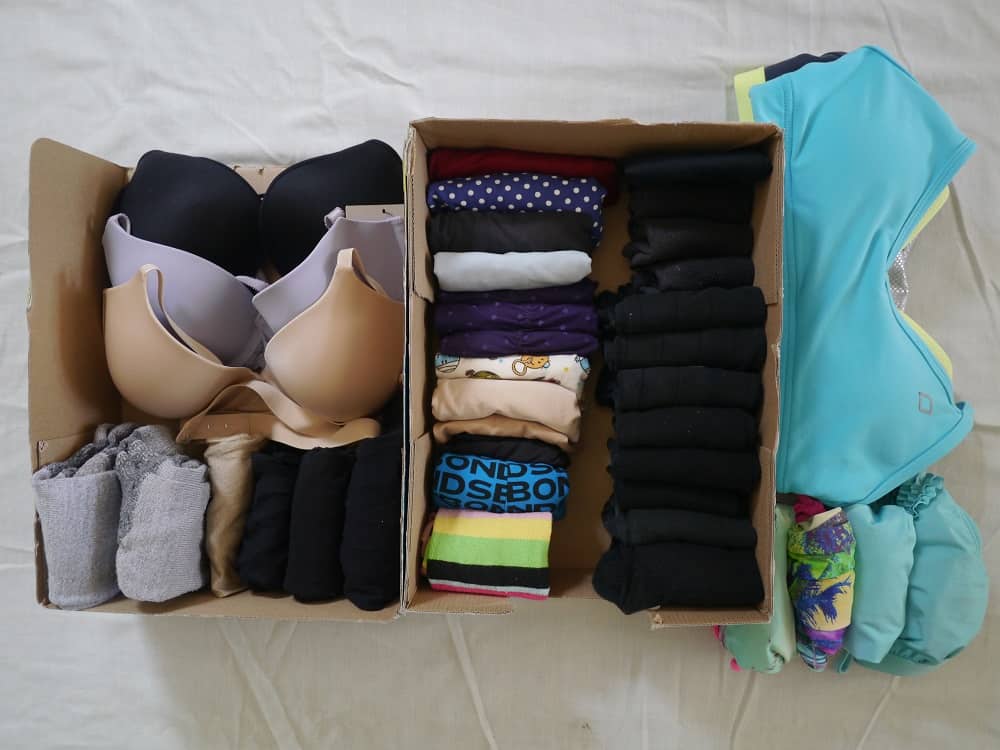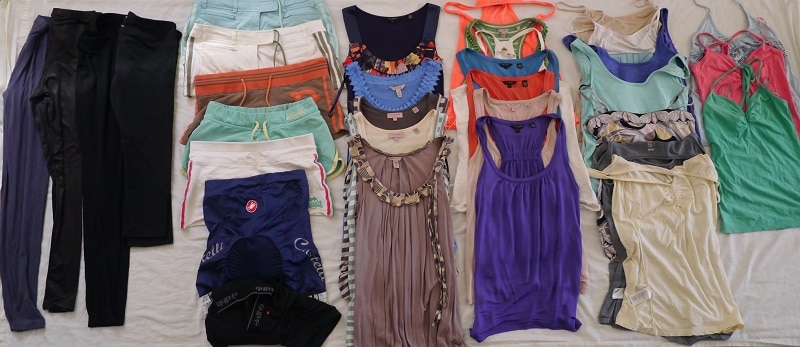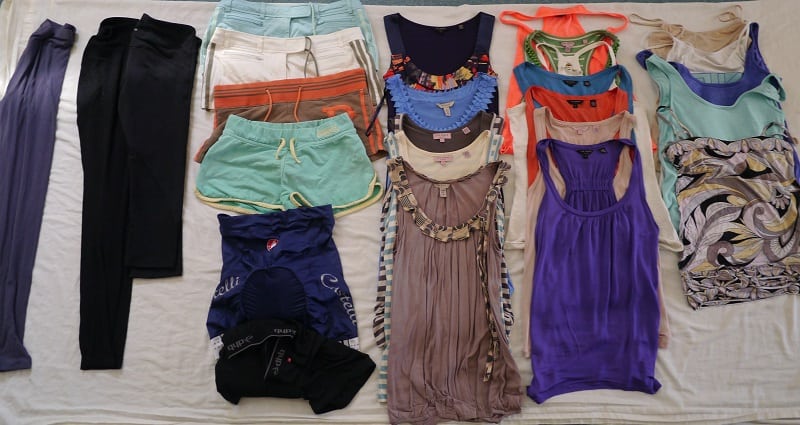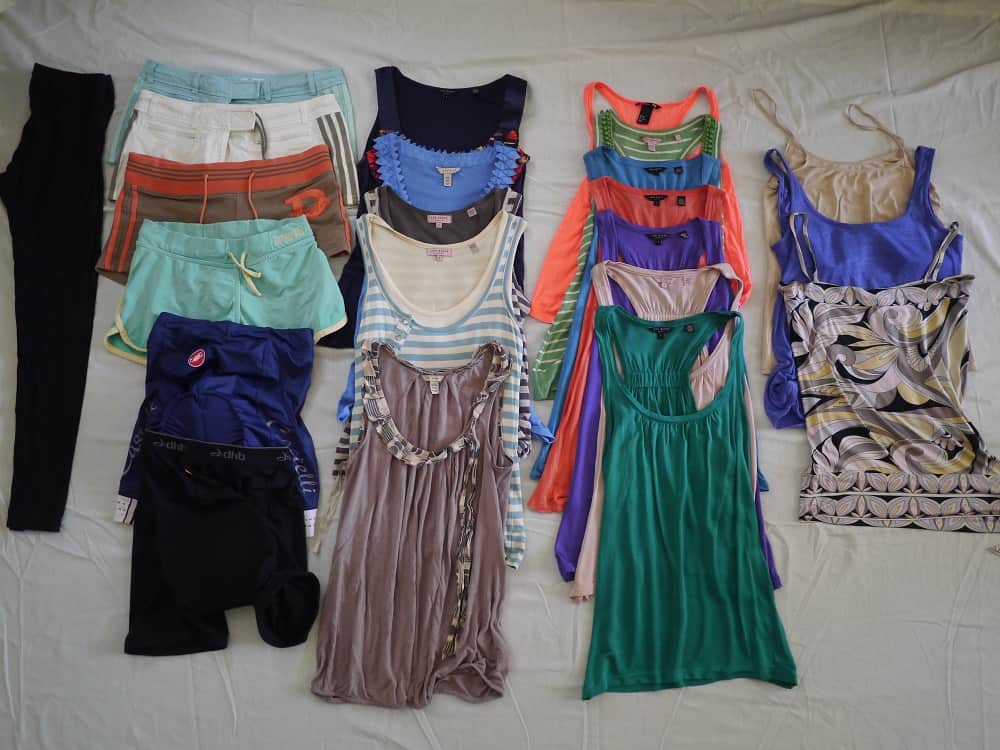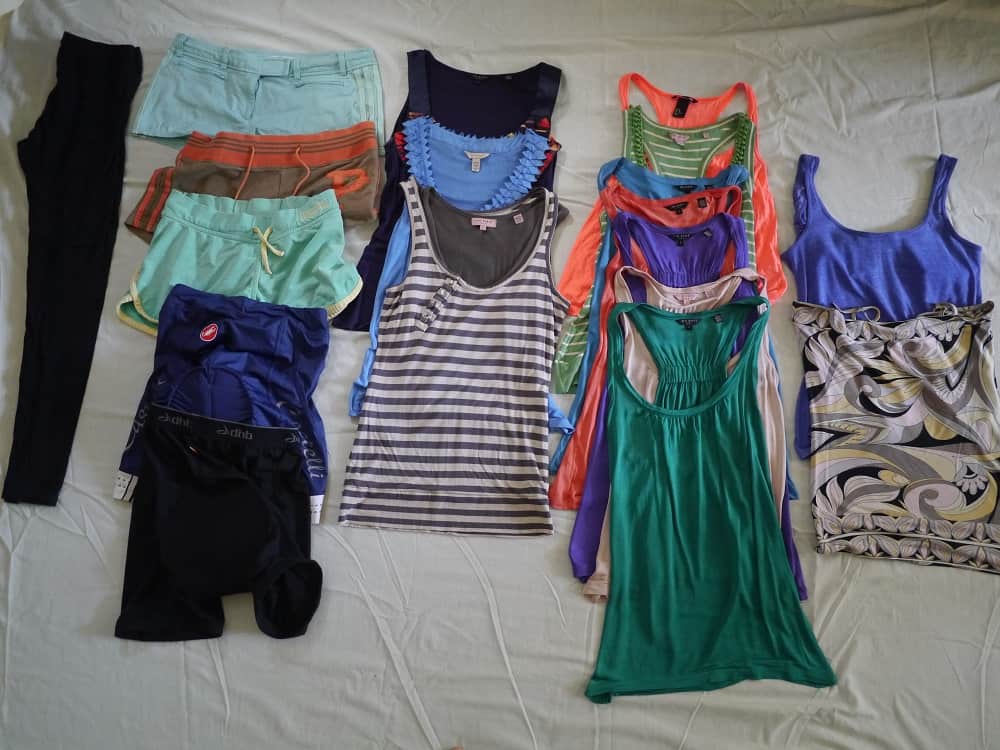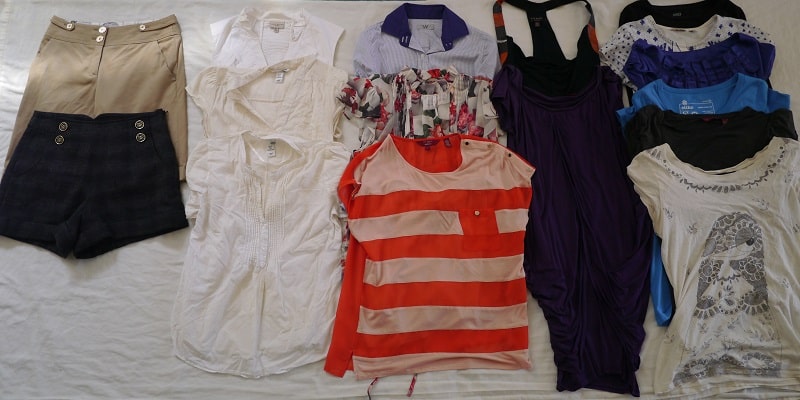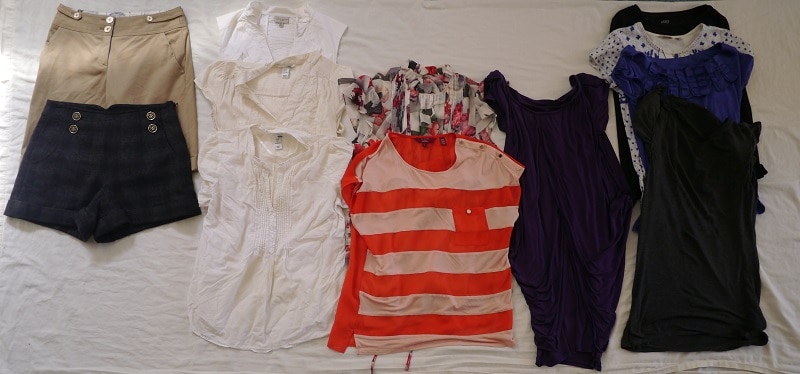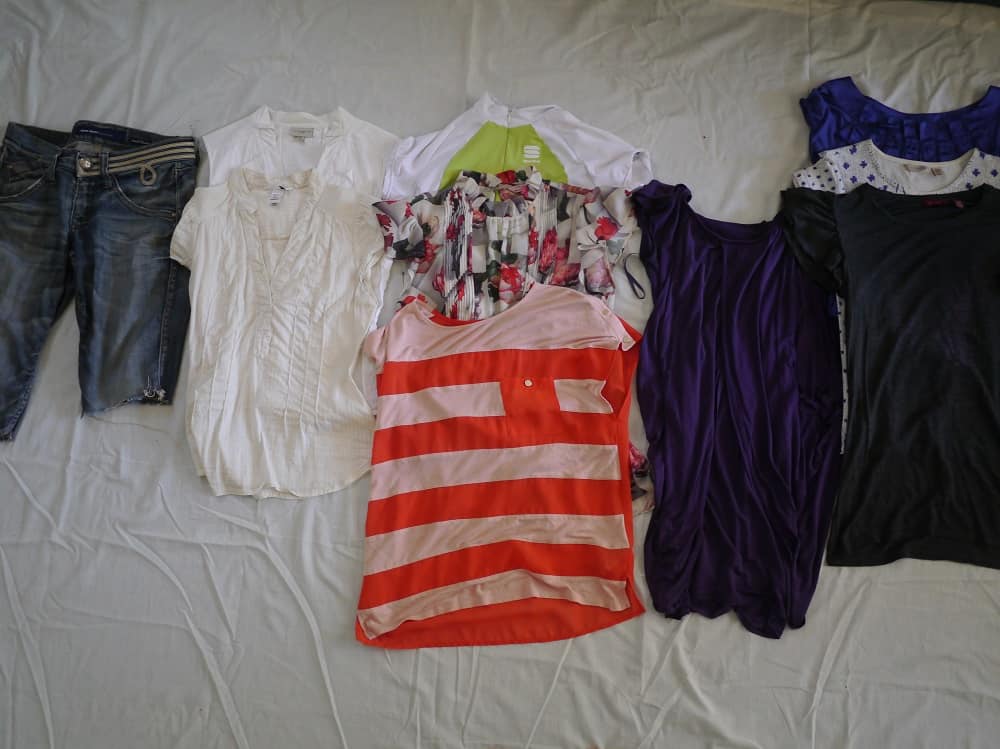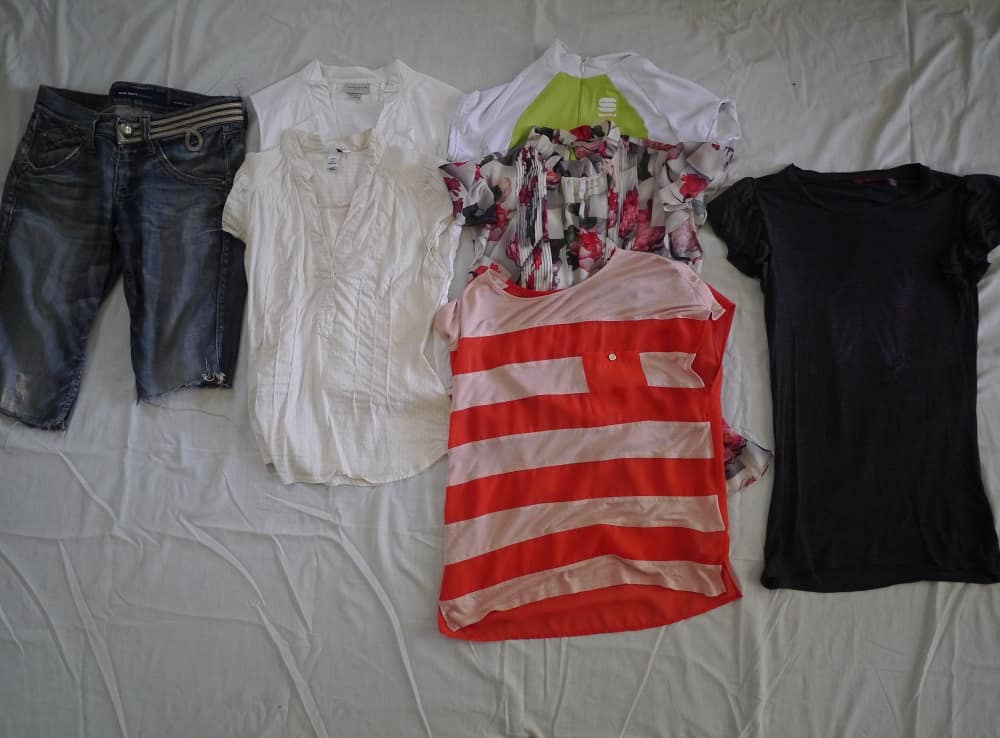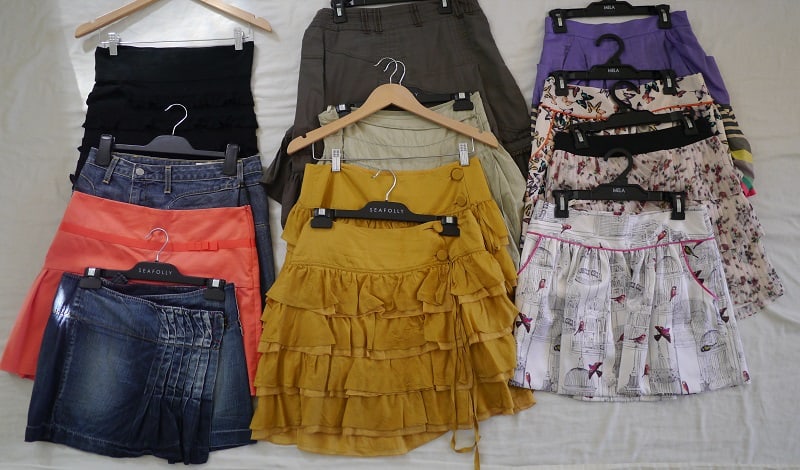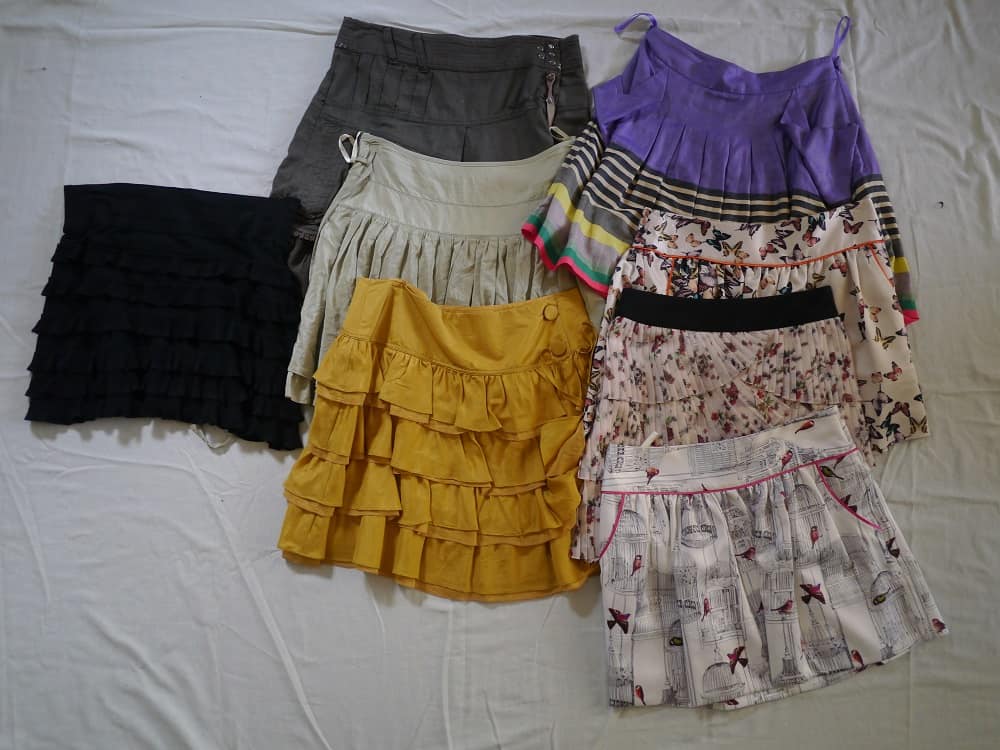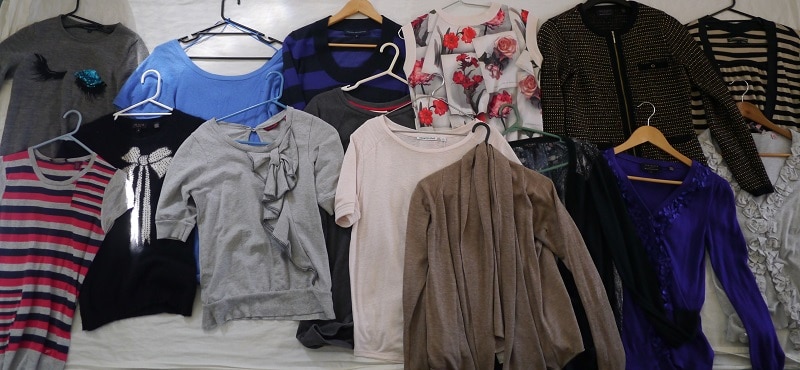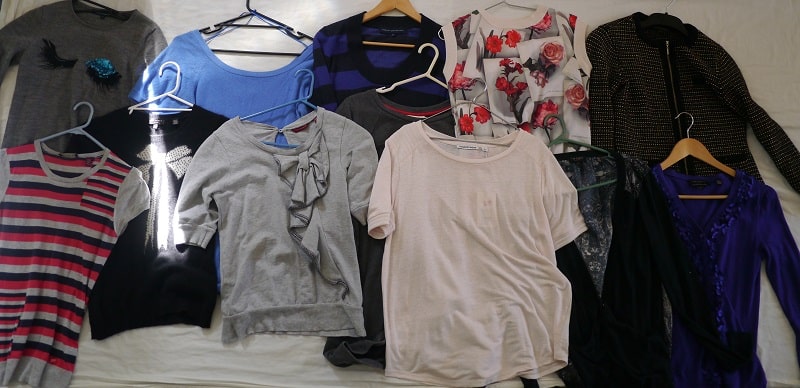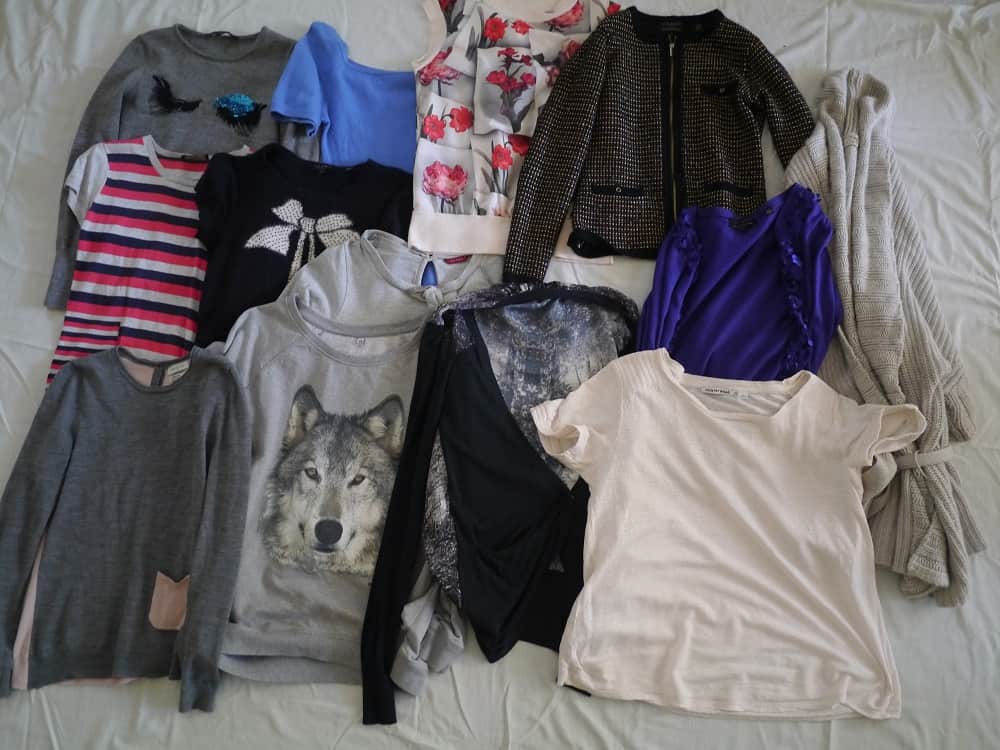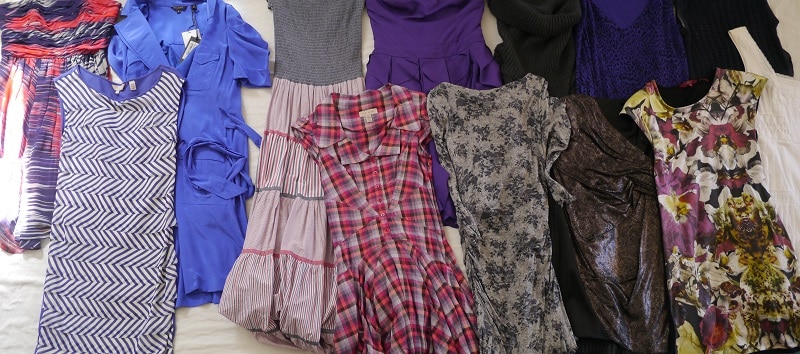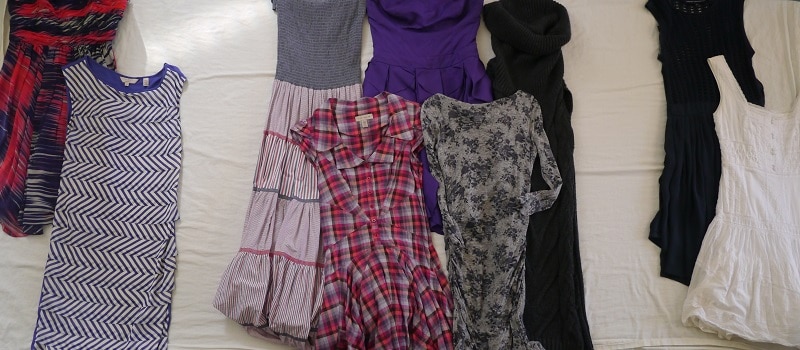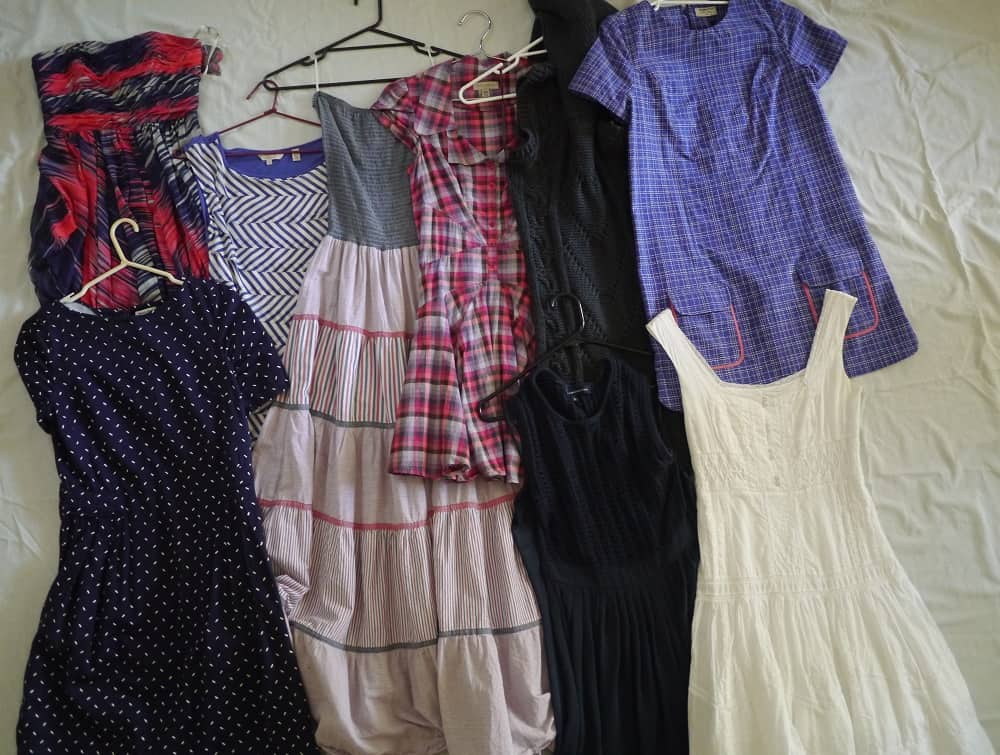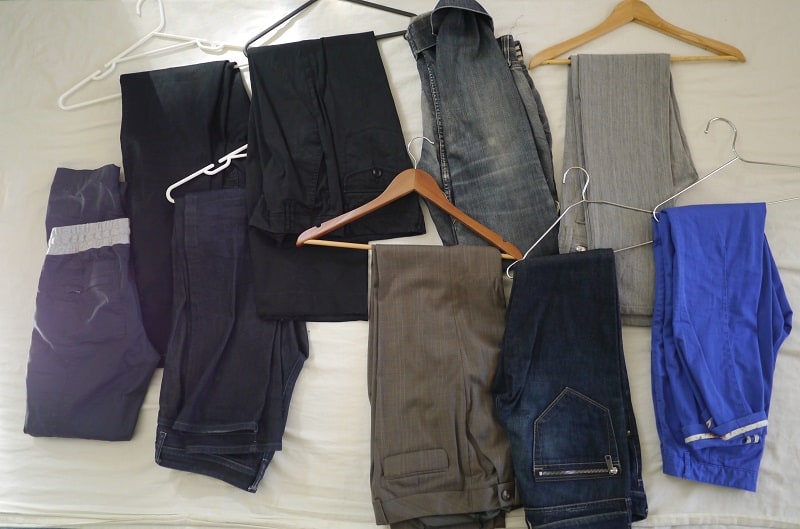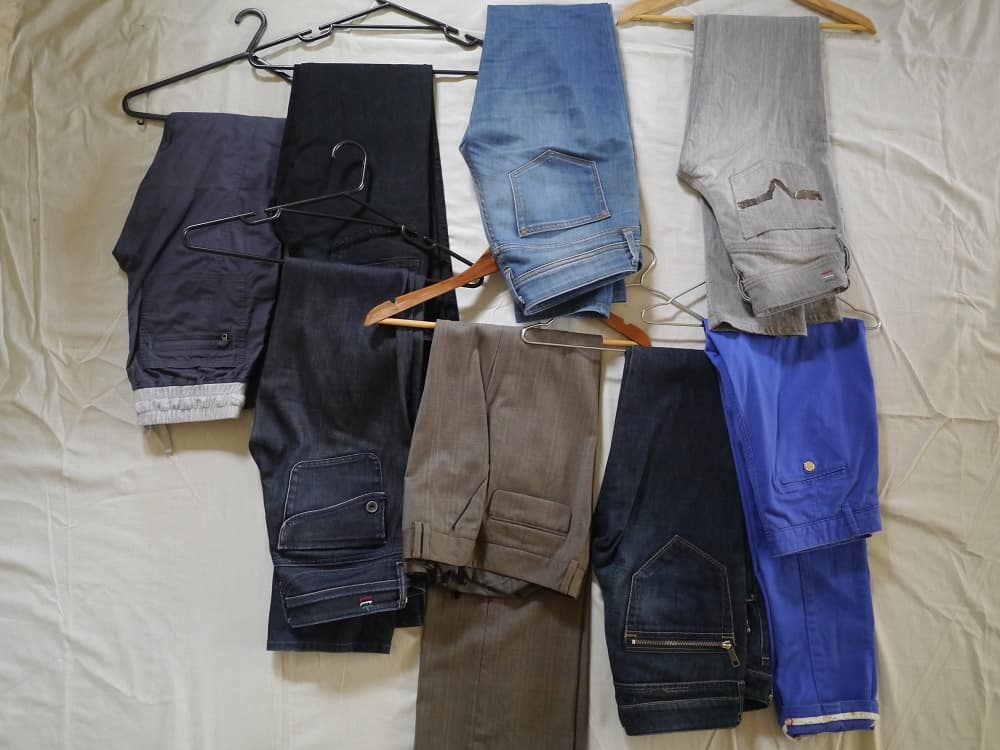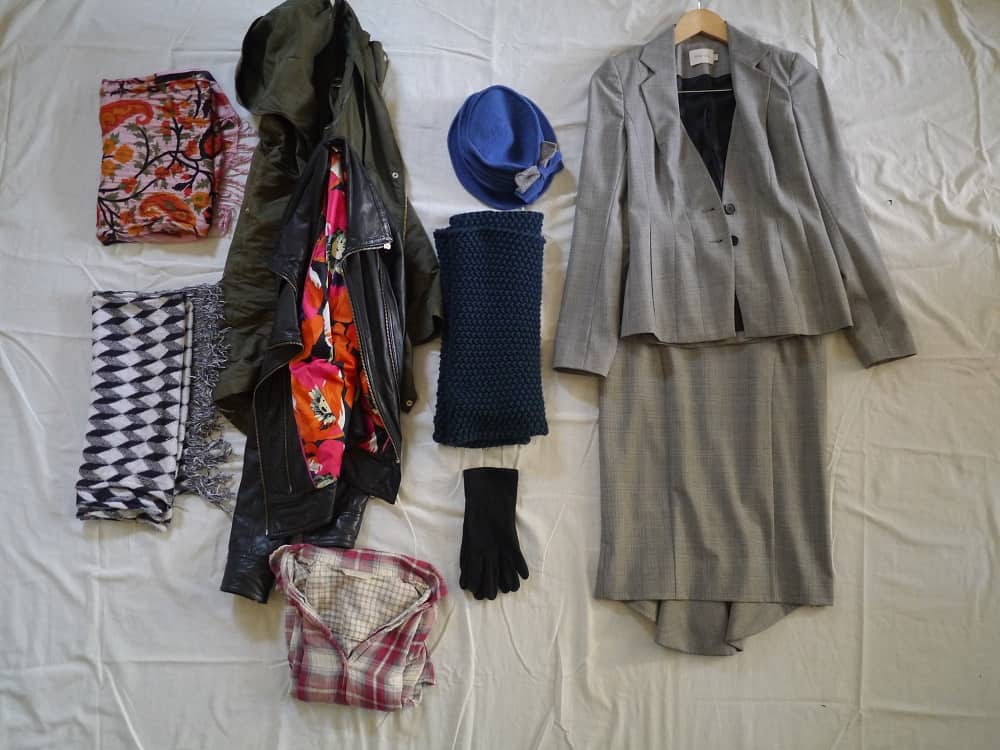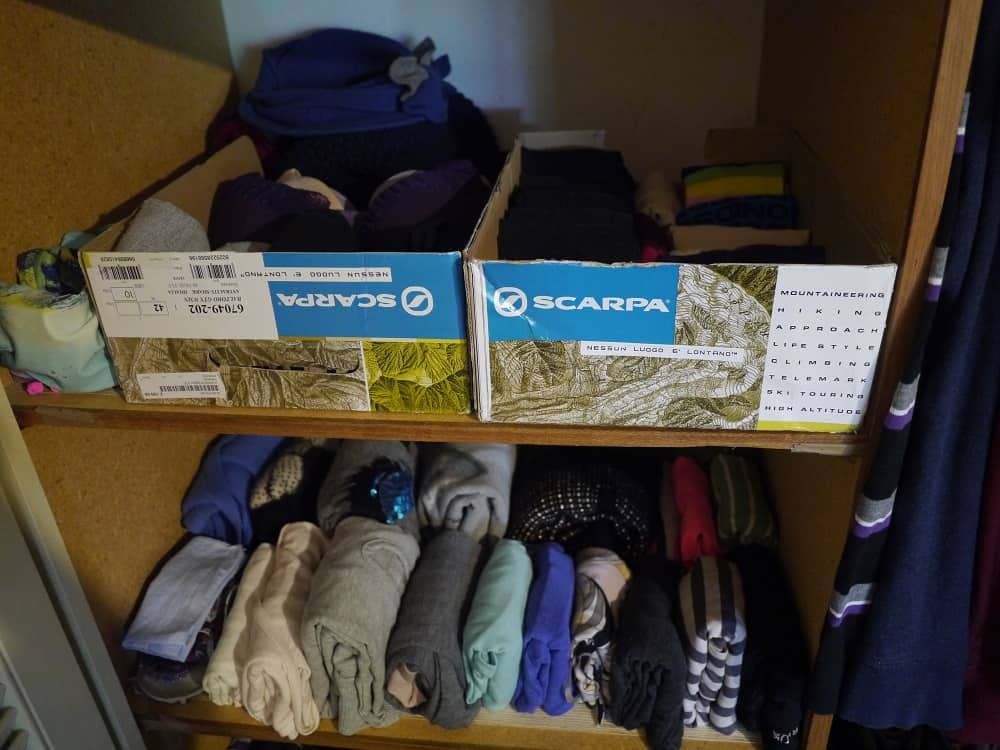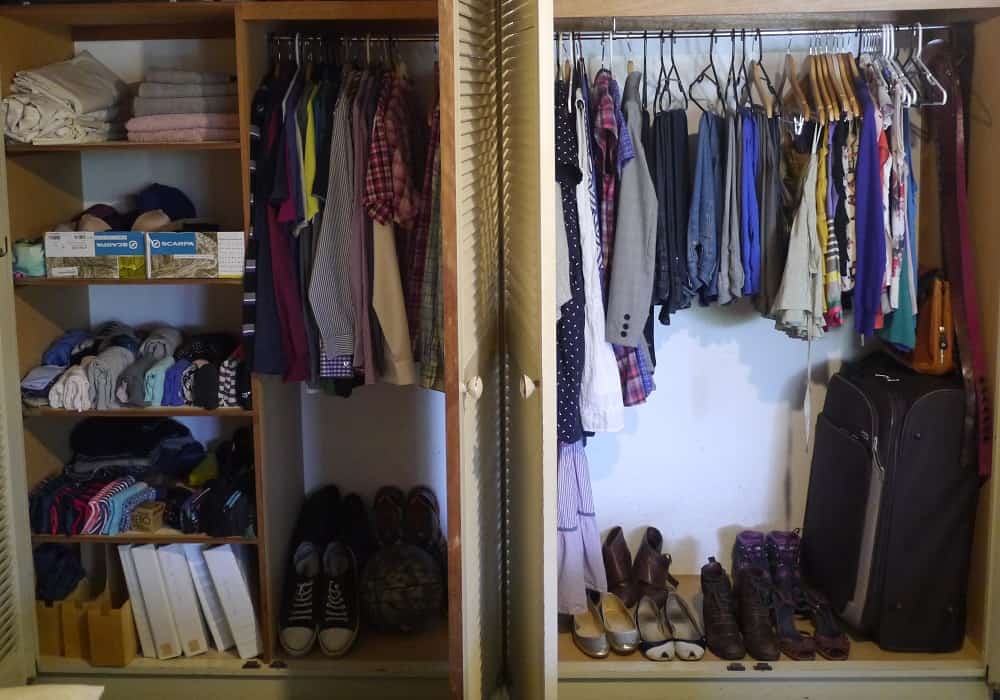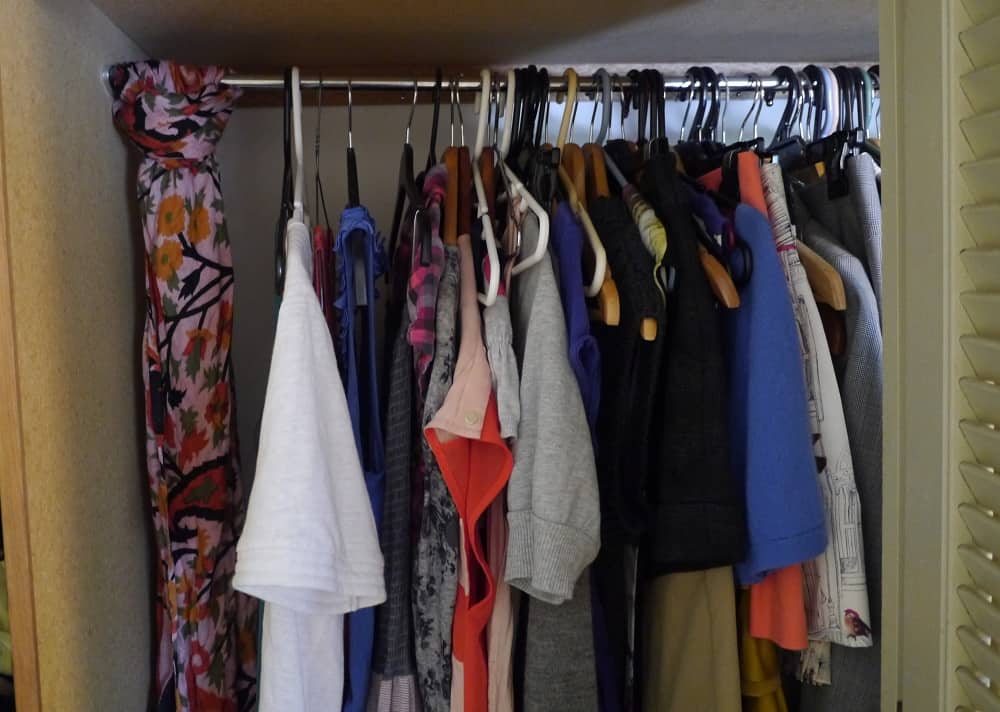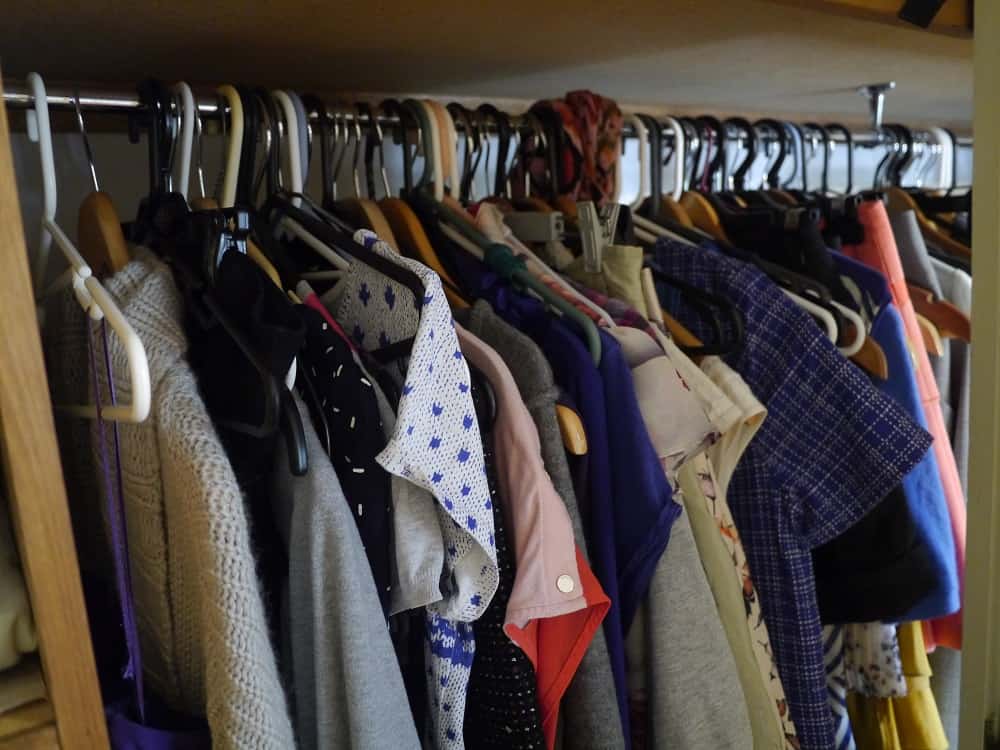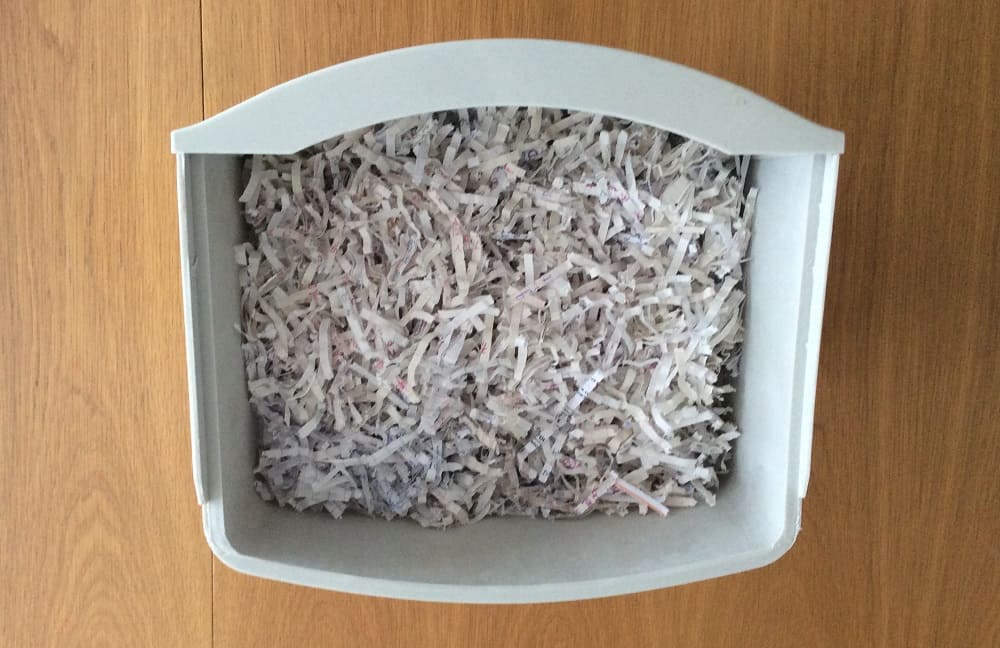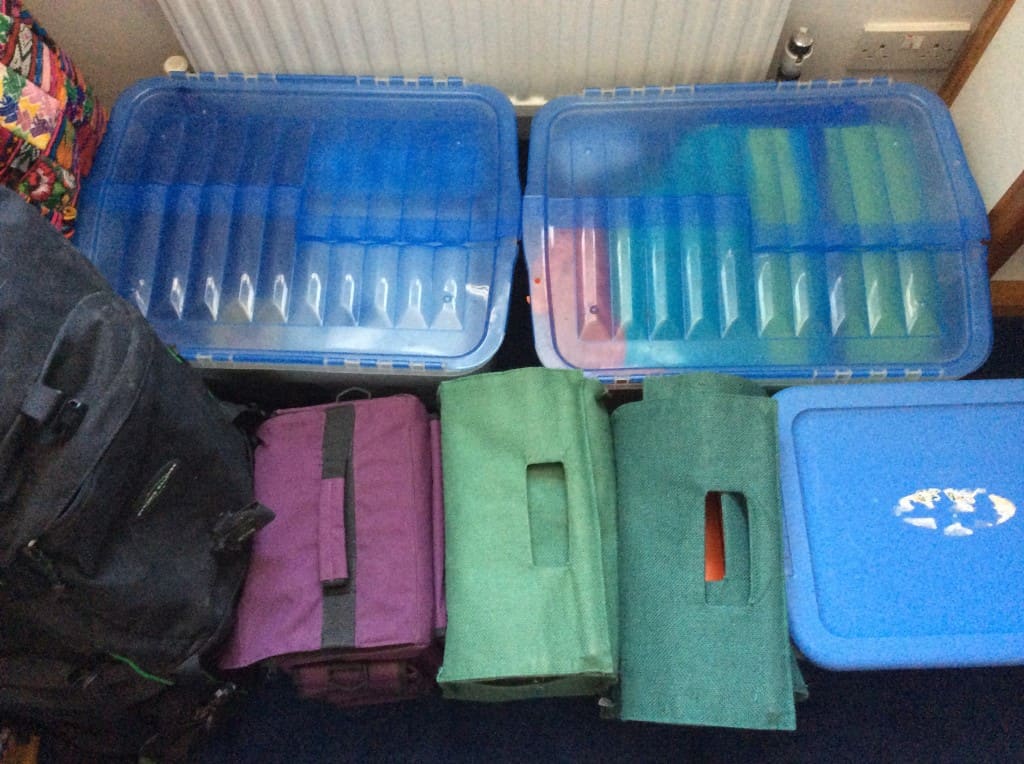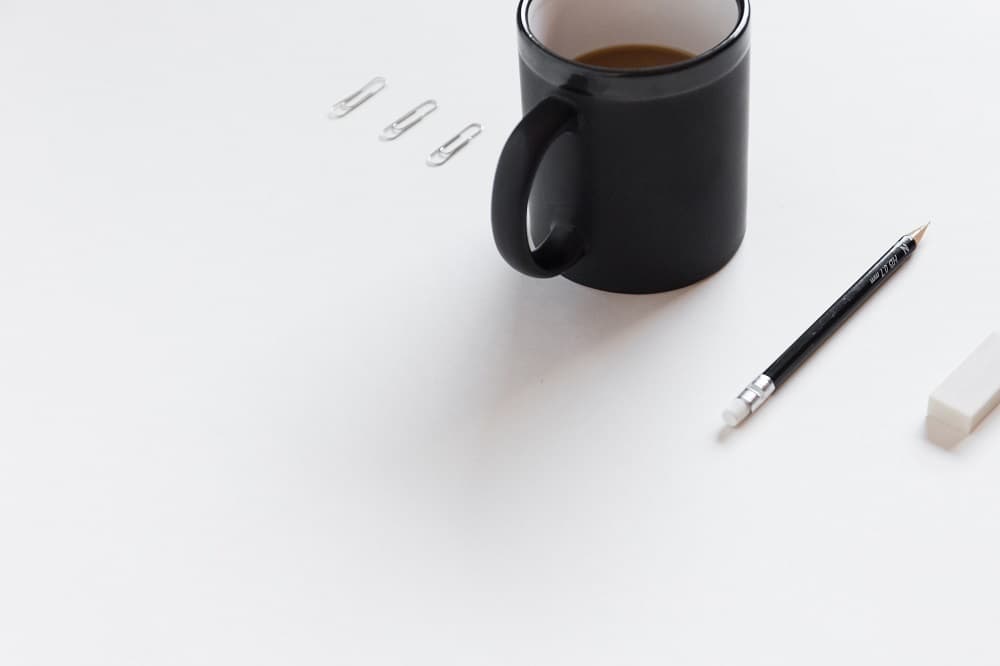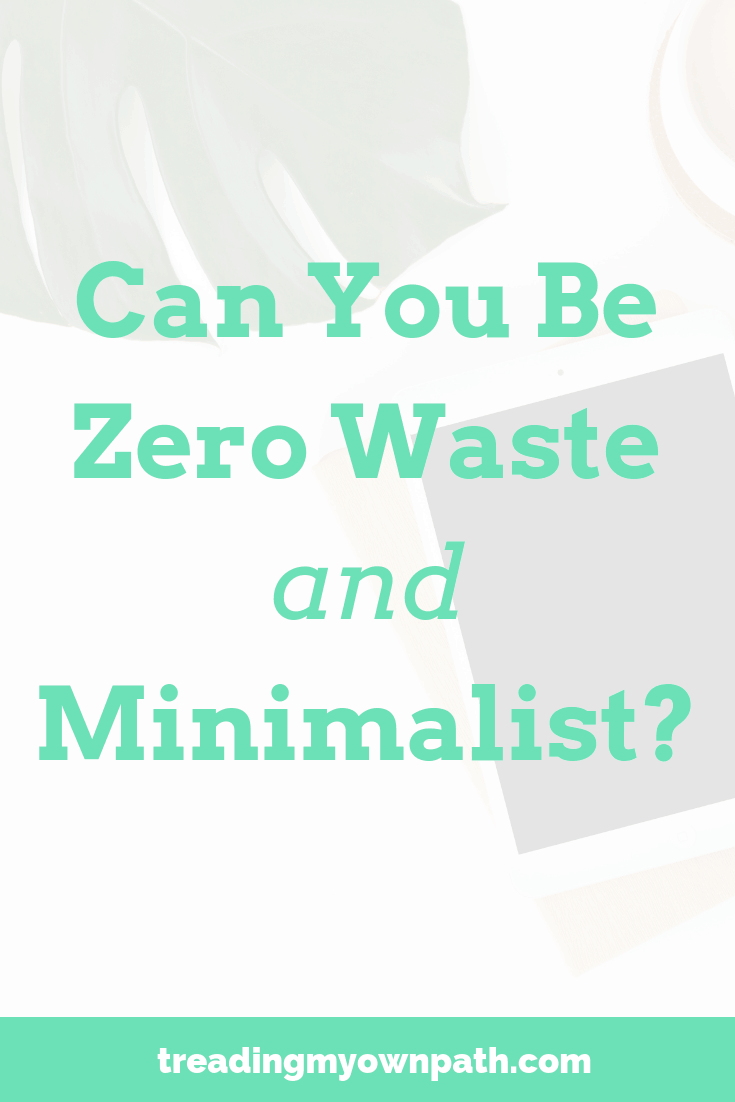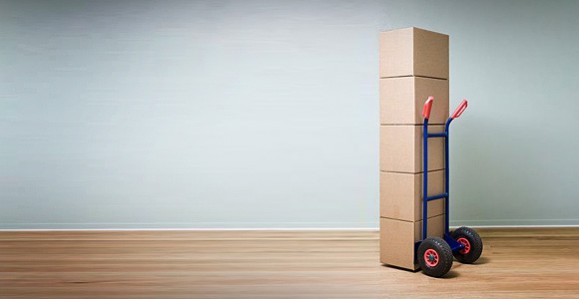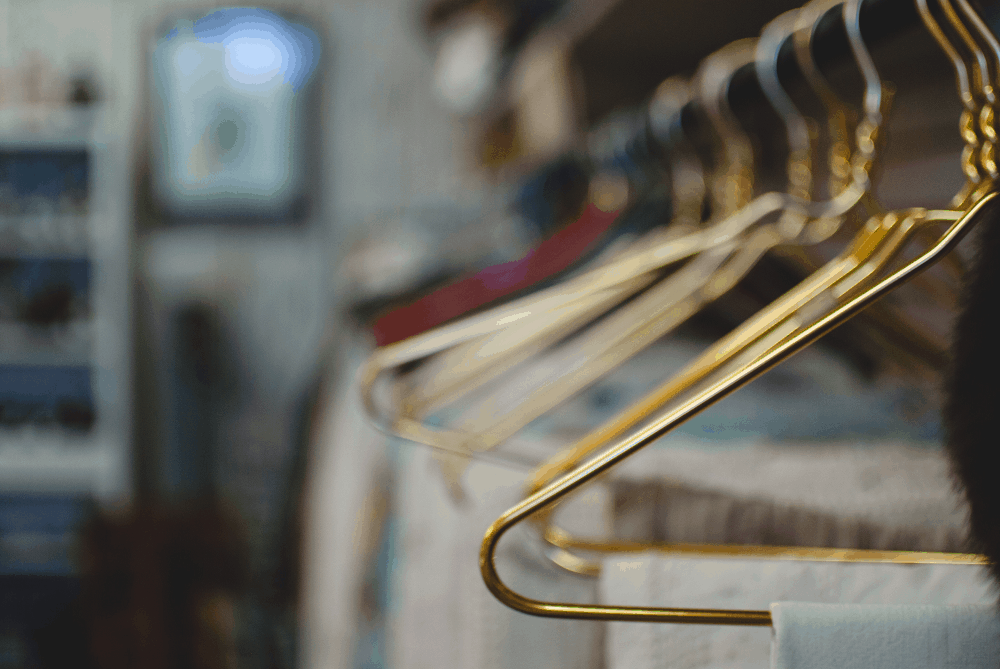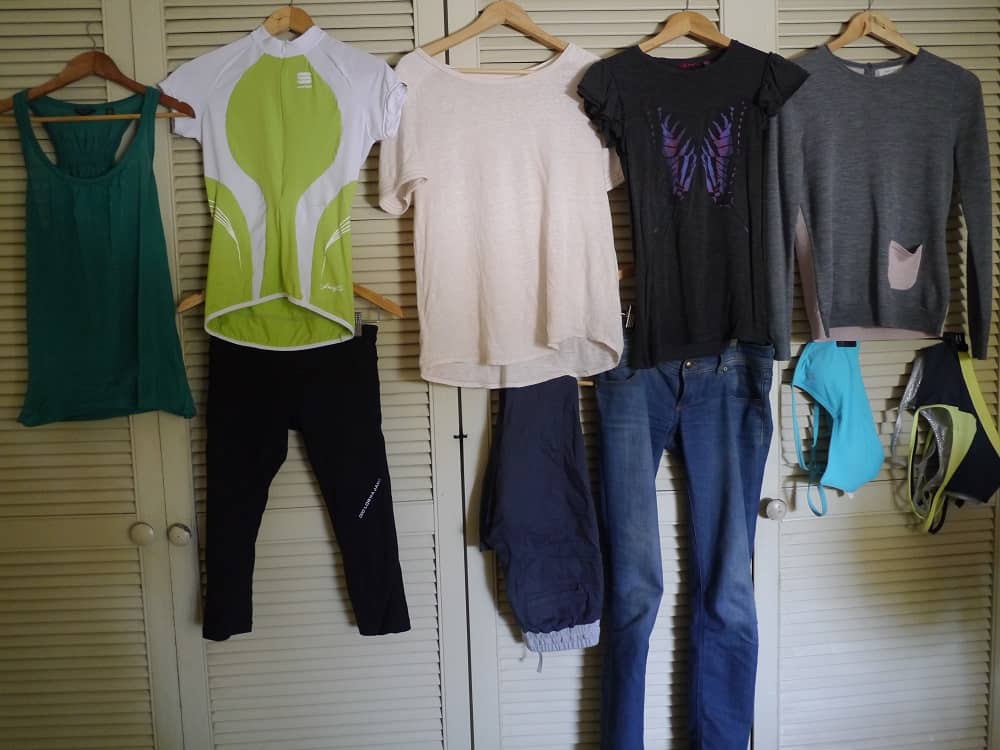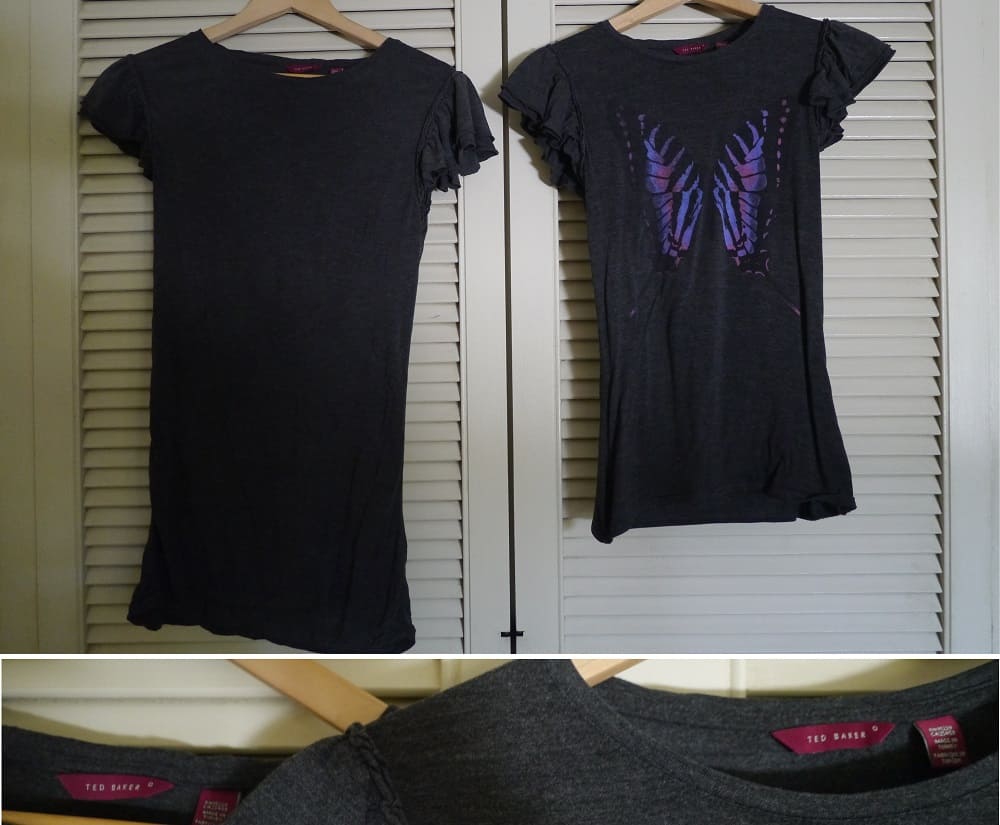6 Things Minimalism Taught Me About Tidying
I’m going to come right out and tell you now, I am not naturally a tidy person. I like things to be tidy, but I am less keen to actually tidy them away. What I’ve come to realise is that being in a constant state of not-wanting-to-tidy-but-wanting-it-to-be-tidy means I spent more time thinking about tidying than actually tidying, and if I just went ahead and did the tidying in the first place I’d have far more energy and drive for the things that were important to me. Consequently, I began to embrace the idea of tidying.
These realisations don’t mean that suddenly I learned to love to tidy. Not at all. I would still rather spend the minimum amount of time tidying, but I now accept that it needs to be done, and I’m happier when my home is tidy. In my quest to figure out how to tidy less, the ideas of minimalism, of simplifying, and of letting go really clicked with me. After all, everything we own is something else to look for, find, move, clean, put away, maintain, worry about and probably at some stage, get frustrated with. Less stuff means less of all these things… and more time for getting on with living life.
Decluttering has definitely made my home tidier. The less you have, the less there is to tidy – there’s no arguing with that. But whilst decluttering has made a big difference, my home didn’t transform miraculously into one which no longer needs tidying. I wanted to believe that it would happen, but of course, it didn’t. Decluttering is not the whole story. However, it has taught me a lot about tidying, and made me realise some truths that I probably wouldn’t have figured out if I hadn’t started down the minimalist path.
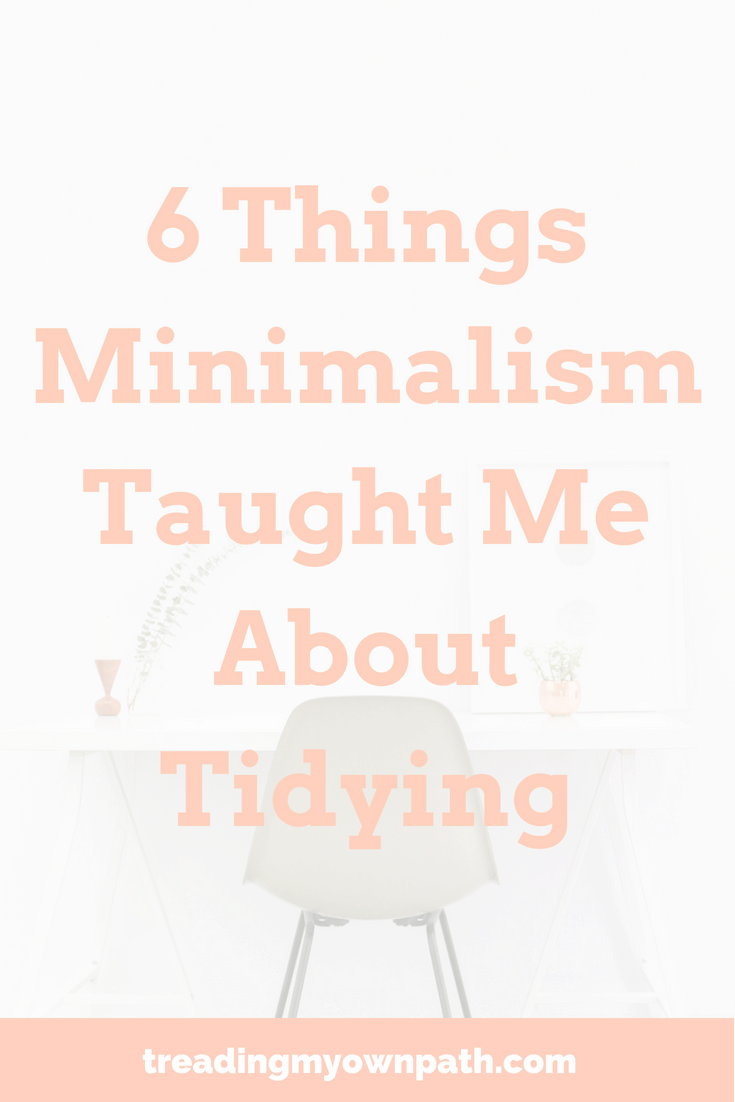
More or better storage is not the answer to a tidy house
I used to think more storage was the answer, but in reality it was a way for me to hide my clutter out of sight. At first glance my home might look tidy, but inside most of the cupboards and storage boxes it was chaos. The more storage I had, the harder it was for me to remember where anything was, and the longer it took to search.
It’s not just cupboards and storage that we use for storing our stuff, it is whole rooms. Several years ago my husband and I started noticing that our small one-bedroom flat was getting very full. We didn’t have any space for extra storage, so we considered doing what everyone else does – move to a bigger place with an extra room.
But when we thought about it, we realised that we would be paying extra rent for a bigger home (and going through the pain of moving) just so we could store a bunch of things that we probably didn’t even need. We started to get rid of those things that we didn’t need instead… and we got rid of our storage too. That freed up space, and rather than costing us money (in rent), we made money by finding good homes for the things we no longer needed.
We let our spaces dictate to us how much stuff we have. If we have a big shed, or plenty of kitchen cupboards, or a spare room, we let ourselves fill them. More storage means more space to put stuff, and encourages us to accumulate more – and that means more tidying. We don’t need more storage. We need less stuff.
Better organisation isn’t the answer to a tidy home, either
I will say this first: everything you own needs a place. How can you tidy it away if you don’t know where that place is? Beyond that, there’s no need to over-complicate things. There’s no need for complex systems, or boxes with labels and dividers and subdividers and headings, or neat stacks of things balanced precariously one on top of the other. All that means is extra work, and extra clutter… and more reason not to put something away properly. One moment of “I-can’t-be-bothered-I’ll-do-it-properly-later” shortcut-taking and the whole system crumbles.
If you live with other people, this is even more important. The more complicated your systems are means the less likely anyone else will be to follow them.
When it comes to organising stuff, simplest is best.
Someone has to do the work
Houses don’t tidy themselves. This took me a long time to figure out. I would often wonder how other people managed to keep their houses clean and tidy. I thought there must be a secret, and if I could just discover it for myself, my home would be miraculously clean. The truth is of course, there is no secret. They simply do the work. If I want my home to be clean, I have to clean it.
There’s an interesting lesson there, too. If I want my home to be clean, I’m the one who has to clean it. I can’t just nag my husband to clean it for me. Having tried (and failed) on numerous occasions (and yes, I do still try occasionally) I have realised that if I’m the one who wants the tidy home, I am the one who has to do the work.
Everyone has a mess threshold: the point at which the mess becomes unbearable and they have to do something about it. I consider mine to be fairly high – I can tolerate quite a bit of mess before it annoys me. Frustratingly, my husband’s threshold is even higher. Consequently, when I think it’s messy and needs tidying, he is still oblivious… and of course if he doesn’t think it needs doing, he won’t join in (or he will, but very reluctantly and after much nagging).
If I want to maintain the peace, I either need to raise my tolerance levels or accept I need to do the work myself. (Note to husband – I’m still trying to come to terms with this.)
The cleaning will never be done
When I first realised this, it was something of a shock to me. The cleaning will never be finished. There is no “once-and-for-all” with cleaning. I can clean until the place is spotless, and everything gleams, but soon enough everything is dirty and dusty and needs to be re-cleaned. The dishes will need doing. The clothes will need washing and putting away.
Rather than save up all the cleaning until it becomes a monstrous job, and resenting how much time it takes up, I’ve realised that it’s best to accept that there will always be cleaning, and do a little every day. Do the dishes when they’re dirty straight away, and put them away. Do a load of laundry once the basket is full, and put it away. It doesn’t seem so much of a chore this way.
I’m not perfect, not at all, but when I get lazy and let a few loads of laundry build up or the dishes accumulate in the sink, it’s always far more onorous than little and often. Slowly slowly, the lesson is being learned.
A tidy home is all about mindfulness
If you have a messy home you’re probably like me: walk in the front door, drop shoes at the doorway, throw coat over a chair, and drop on the sofa after throwing bag on the floor. Whether my keys go in the bag, or on the sofa (probably falling behind the cushions) or remain in my coat pocket, or get left on the side seems to happen at random. Yet it causes panic and stress the next morning when I cannot remember where they are but realise I cannot escape the house without them. This is the opposite of mindfulness: it’s mindlessness, literally!
What if, instead of the above, I came home, left my shoes at the entrance and then walked to the wardrobe and hung my coat and put my bag away (ensuring the keys are in there)? Really, it takes me a couple of extra seconds at the time, but it saves me having to go through the whole process of looking for where I’ve left things and putting them away later, plus it decreases the clutter immediately.
It shouldn’t be that hard, should it? It’s something I’m working on, slowly. Rather than putting things down to deal with later, thinking about putting them in their final place the first time. I have to say, the less you own, the easier this becomes!
Habits take time
If I know one thing about habits, it’s that they take time to adopt. You have to work at them, and if you practice every day you’ll get better faster. You have to do things consciously until they become unconscious.
Tidying is a habit. As someone who is messy and doesn’t naturally tidy, learning to become a tidy person has taken time. Is taking time! It’s not a case of tidying the whole house and thinking – right, I’m never letting it get messy again! (Has anyone else done that? I used to cycle between this and messiness-to-the-point-of-despair, until I realised there had to be another way.) I have no idea what made me think that I could go from messy person to tidy person following one afternoon of cleaning, but I constantly did!
Realising that I needed to be more mindful and tackle things as they happened was the first step, the next step is making them habits that I do without thinking. I’m not there yet, but I’m getting better.
Now I’d love to hear from you! Has minimalism (or decluttering, or simplifying) taught you any lessons about tidying? What tips do you have for keeping clutter at bay? What habits you find most useful? What area of your home do you find hardest to keep clutter-free, and what is the easiest? Are you naturally a tidy person, or are you naturally messy? If you’re messy, have you come to terms with your messiness or do you long to be tidy? If you’re naturally tidy, please give some insights into how you do it! I love hearing your thoughts so please leave me a comment below!
[leadpages_leadbox leadbox_id=1429a0746639c5] [/leadpages_leadbox]



